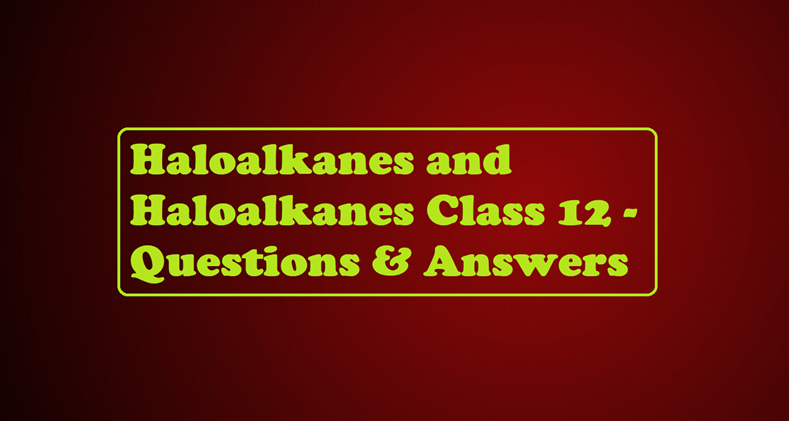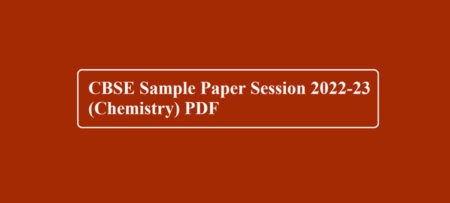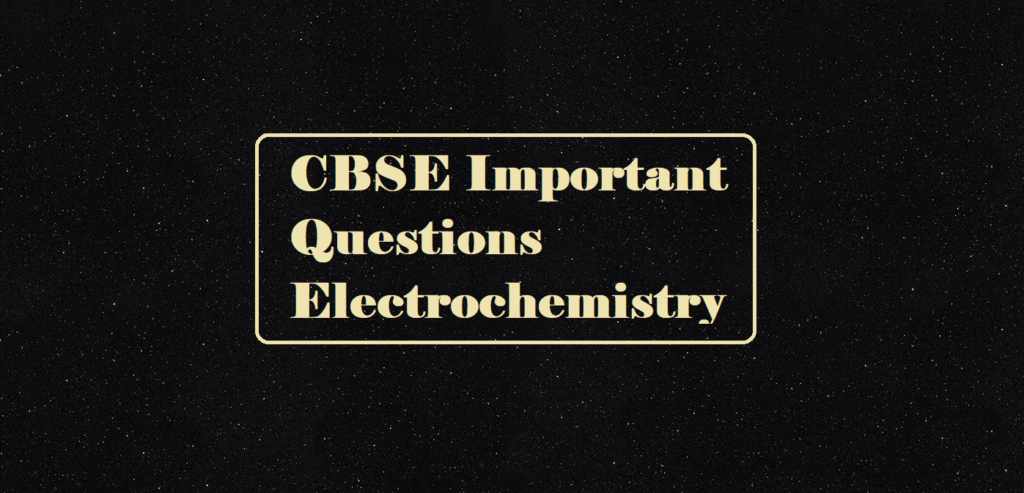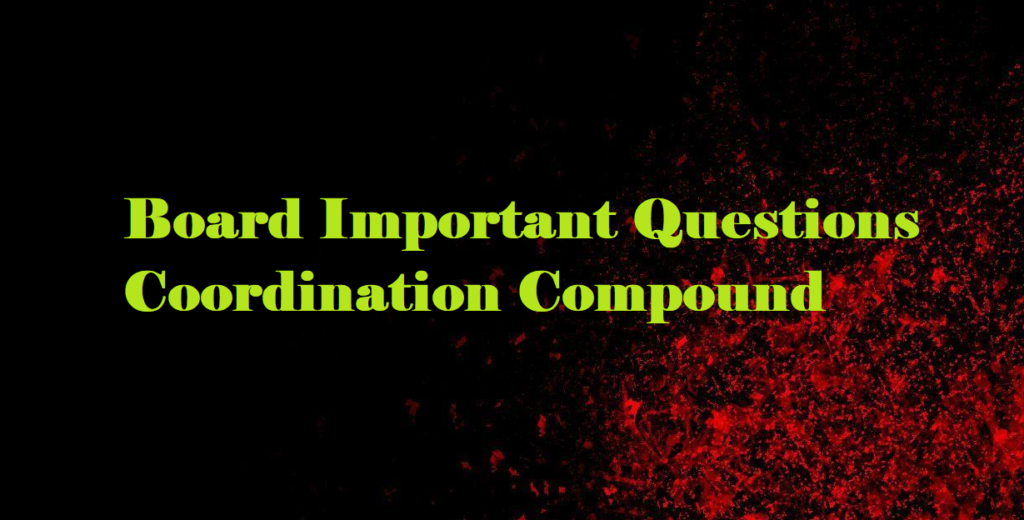Haloalkanes and Haloalkanes Class 12 – Questions & Answers
Haloalkanes and Haloarenes Class 12
Que 1. Give reasons for the following:
(i) The bond length of the C–Cl bond is larger in haloalkanes than that in haloarenes.
(ii) Although alkyl halides are polar in nature but are not soluble in water.
(iii) Haloalkanes react with KCN to form alkyl cyanide as the main product while with AgCN alkyl isocyanide is the main product.
(iv) Sulphuric acid is not used in the reaction of alcohol with Kl.
(v) Thionyl chloride is the preferred reagent for converting ethanol to chloroethane.
(vi) Haloalkanes undergo nucleophilic substitution reaction easily but haloarenes do not undergo nucleophilic substitution under ordinary conditions.
(vii) 2, 4-Dinitro chlorobenzene is much more reactive than chlorobenzene towards hydrolysis reaction with NaOH.
(viii) Grignard reagent should be prepared under anhydrous conditions.
Que 2. Assertion Reason Type Questions:
(A) Both Assertion and reason are true and the reason is the correct explanation of assertion.
(B) Assertion and reason both are true but the reason is not the correct explanation of assertion.
(C) Assertion is true, the reason is false.
(D) Assertion is false, reason is true.
(i) ASSERTION – Treating alcohols with thionyl chloride is the most preferred method to prepare haloalkanes.
REASON – In this method, the by-products are escapable gases.
(ii) ASSERTION – When Hydrogen Bromide is added to propene, 2-bromopropane is the major product.
REASON – Br– is added to that double-bonded carbon, which has more hydrogen atoms bonded to it.
(iii) ASSERTION – KCN reacts with methyl chloride to give methyl isocyanide.
REASON – CN– is an ambident nucleophile.
Que 3. The best method for conversion of alcohol into an alkyl chloride is by treating alcohol with
(a) PCl5 (b) Dry HCl + anhy. ZnCl2
(c) SOCl2 in presence of pyridine (d) PCl3
Que 4. Which among MeX, RCH2X, R2CHX, and R3CX is most reactive towards SN2 reaction?
(a) MeX (b) R3CX
(c) R2CHX (d) RCH2X
Que 5. Racemic mixture has
(a) Equimolar mixture of enantiomers (b) 1:1 mixture of enantiomers and diastereomers
(c) 1:1 mixture of diastereomers (d) 1:2 mixture of enantiomer and diastereomers
Que 6. Write: (i) Finkelstein reaction
(ii) Swarts reaction
(iii) Sandmeyer reaction
Que 7. True/False
(i) 2-Chloro Butane is not an optically active substance True/False
(ii) Grignard reagent can be formed in the absence of dry ether. True/False
(iii) Vinyl Chloride does have not sp² hybridization. True/False
(iv) Good yields of R—I may be obtained by heating R-OH with sodium or potassium iodide in 95% phosphoric acid. True/False
(v) In the abbreviation SN2, 2 indicates the number of steps of the reaction. True/False
Haloalkanes and Haloarenes Class 12



